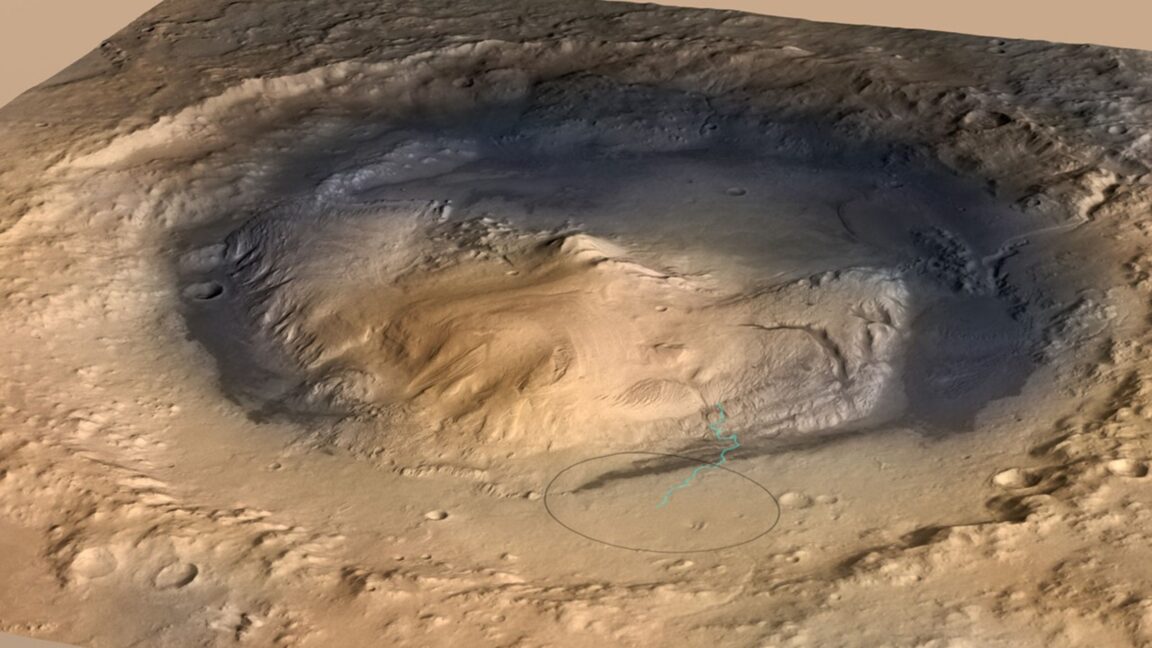INSUBCONTINENT EXCLUSIVE:
The Curiosity mission started near the bottom of the crater, at the base of a formation called Aeolis Mons, or Mount Sharp, where NASA
expected to find the earliest geological samples
The idea then was to climb up Mount Sharp and collect samples from later and later geological periods at increasing elevations, tracing the
history of habitability and the great drying up of Mars
drilled after climbing over a kilometer up Mount Sharp
It turned out the samples contained roughly between 5 and 10 percent of siderite
which Tutolo thinks indicates it has formed through an evaporation process akin to what we see in evaporated lakes on Earth
The carbon from the atmosphere was being sequestered in the rocks on Mars just as it is on Earth
Mars, on the other hand, has never had efficient plate tectonics
A large portion of carbon that got trapped in Martian rocks stayed in those rocks forever, thinning out the atmosphere

